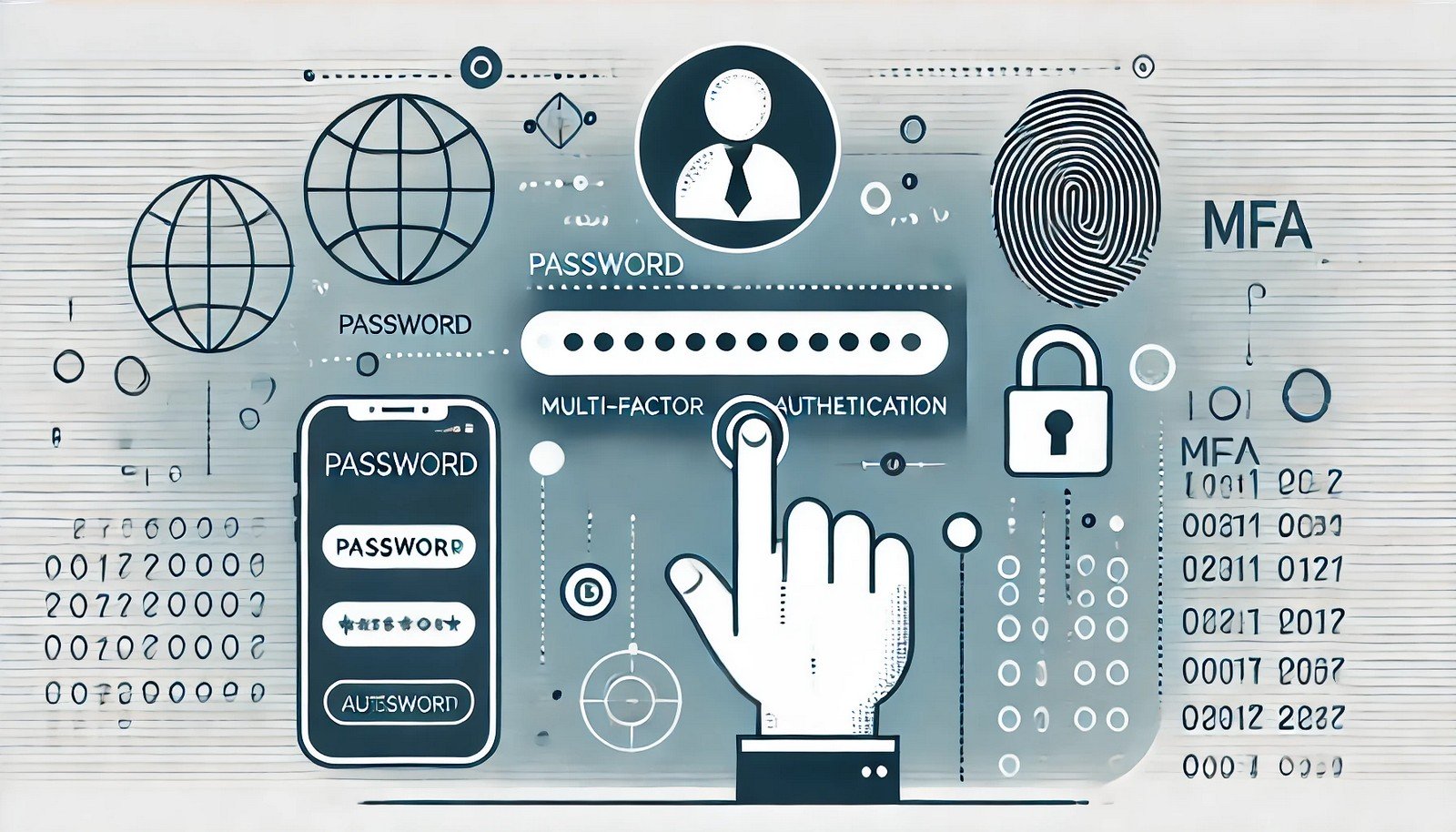Multi-Factor Authentication
 (Representational Image | Source: Dall-E)
(Representational Image | Source: Dall-E)
Quick Navigation:
- Multi-Factor Authentication Definition
- Multi-Factor Authentication Explained Easy
- Multi-Factor Authentication Origin
- Multi-Factor Authentication Etymology
- Multi-Factor Authentication Usage Trends
- Multi-Factor Authentication Usage
- Multi-Factor Authentication Examples in Context
- Multi-Factor Authentication FAQ
- Multi-Factor Authentication Related Words
Multi-Factor Authentication Definition
Multi-Factor Authentication (MFA) is a security process requiring multiple verification methods to confirm a user's identity. It combines at least two of these authentication factors: something you know (password, PIN), something you have (smartphone, security token), and something you are (fingerprint, facial recognition). MFA enhances security by making it significantly harder for unauthorized users to gain access, even if one factor is compromised.
Multi-Factor Authentication Explained Easy
Imagine your house has a lock, and you use a key to open it. Now, imagine you also need to scan your fingerprint to enter. Even if someone steals your key, they still can’t get inside. That’s how MFA works—it adds extra layers of protection so only the real owner can get access.
Multi-Factor Authentication Origin
The concept of MFA has been around for decades, but it became widely adopted in the digital world as cyber threats grew. Early implementations were seen in ATMs requiring both a card and a PIN, and it has since evolved to include biometric and mobile authentication.
Multi-Factor Authentication Etymology
The term "multi-factor authentication" derives from "multi-" (meaning "many"), "factor" (an element contributing to a process), and "authentication" (the process of verifying identity).
Multi-Factor Authentication Usage Trends
With increasing cyber threats and regulatory requirements, MFA adoption has surged across industries, especially in banking, healthcare, and corporate IT systems. Businesses use it to secure access to sensitive data, and consumers frequently encounter MFA when logging into financial or social media accounts. The rise of remote work and cloud computing has further driven its necessity.
Multi-Factor Authentication Usage
- Formal/Technical Tagging:
- Cybersecurity
- Identity Verification
- Access Control - Typical Collocations:
- "MFA-enabled login"
- "multi-factor authentication method"
- "two-factor authentication alternative"
- "strong authentication process"
Multi-Factor Authentication Examples in Context
- Online banking apps require users to enter a password and verify their identity through a one-time SMS code.
- Employees logging into corporate systems must use a password and biometric authentication.
- Social media platforms send login approval notifications to mobile devices before granting access.
Multi-Factor Authentication FAQ
- What is Multi-Factor Authentication?
Multi-Factor Authentication (MFA) is a security process that requires two or more verification factors to confirm a user’s identity. - How does MFA improve security?
MFA adds extra layers of authentication, making unauthorized access more difficult even if one factor is compromised. - What are the three types of authentication factors?
- Something you know (password, PIN)
- Something you have (smartphone, smart card)
- Something you are (fingerprint, voice recognition) - What is the difference between MFA and 2FA?
Two-Factor Authentication (2FA) is a subset of MFA that requires exactly two authentication methods. MFA can involve two or more factors. - Is MFA mandatory for online banking?
Many financial institutions require MFA for secure transactions and account logins.
Multi-Factor Authentication Related Words
- Categories/Topics:
- Cybersecurity
- Digital Identity
- Secure Authentication
Did you know?
MFA adoption skyrocketed after major data breaches exposed millions of user credentials. Companies like Google and Microsoft have reported that enabling MFA blocks over 99% of automated cyberattacks.
PicDictionary.com is an online dictionary in pictures. If you have questions or suggestions, please reach out to us on WhatsApp or Twitter.Authors | Arjun Vishnu | @ArjunAndVishnu

I am Vishnu. I like AI, Linux, Single Board Computers, and Cloud Computing. I create the web & video content, and I also write for popular websites.
My younger brother, Arjun handles image & video editing. Together, we run a YouTube Channel that's focused on reviewing gadgets and explaining technology.



Comments powered by CComment